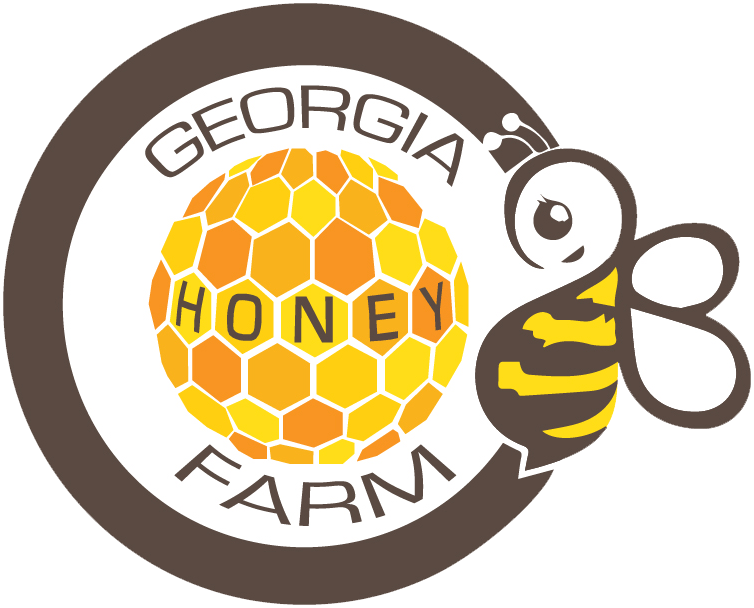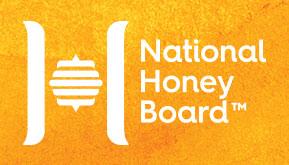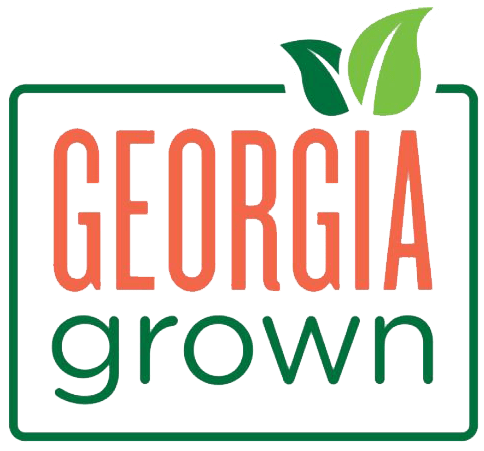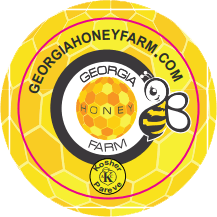Spring: A Busy Time to Be a Honey Bee

Like Santa Claus awaits December, the honey bee awaits spring. The busiest time of year to be a bee is the springtime. Now that spring has officially sprung, the activity level in a bee colony is high. When the weather begins to change from winter to spring, the colony begins building up its stash of honey that has been depleted during the winter.
New Colonies Emerge and Established Colonies Reemerge
During the spring, the queen bee begins mating and egg production starts. More eggs mean more worker bees. As the drone bee population builds up again, honey production starts increasing. In as little as three weeks after activation, the colony begins to naturally grow. If a hive is overpopulated, a natural division of the colony occurs. During this time, new colonies emerge and established ones that made it through the winter start building up once again.
Worker Bees Pollinate and Keep the Hive Alive
While humans and the plant population benefit from bee pollination, they are actually performing this function because pollen is a food source for the colony. An active, healthy worker bee has the ability to visit up to 2,000 flowers per day. After about 50 to 100 flowers, the worker bee needs to return to the hive and to dispose of its food supply. The bee can only visit up to 100 flowers until the nectar starts to weigh him down and inhibit his flying. When the first source of pollen and nectar emerges, so does the worker bee.
Regulate the Temperature of the Hive
In addition to bringing nectar to the hive, the worker bees also bring water to the hives. This regulates the temperature of the hive which gets too hot thanks to the worker bees. The water also is used to liquefy honey that solidified over the winter.
Can You Help The Bees?
The best way the average person can benefit the bee population is to leave wildflowers in the garden. We may see flowers like dandelions as a weed, but bees see them as a source of nectar. In fact, dandelions are often one of the first sources of nectar after a long winter. If you don’t have many flowers, be sure to plant flowers native to Georgia to encourage pollination. From southern bluebells to daisies to honeysuckle, you can cultivate a garden full of beautiful flowers that are also an oasis for bees.
About Georgia Honey Farm
For more than 27 years, Georgia Honey Farms has supplied consumers with raw and natural honey. Our company bottles and distributes only the freshest honey. Our beehives is located in the scenic Cloudland Canyon, that lie northwest of Georgia, on the western edge of Lookout Mountain. Our retail store is located in Alpharetta, Georgia. Visit our site for more information at www.georgiahoneyfarm.com.






